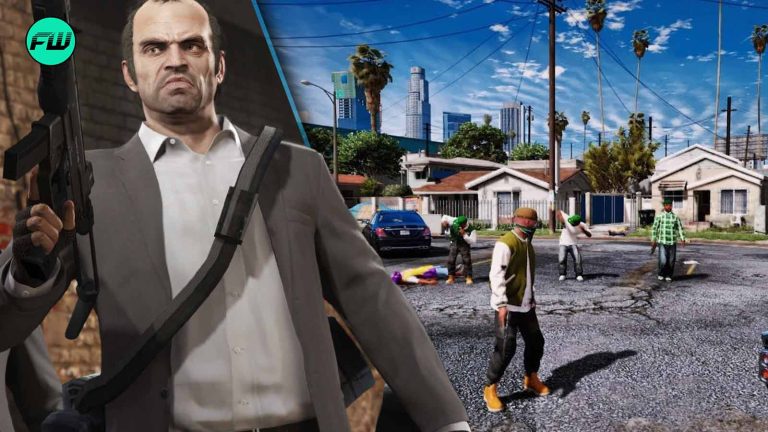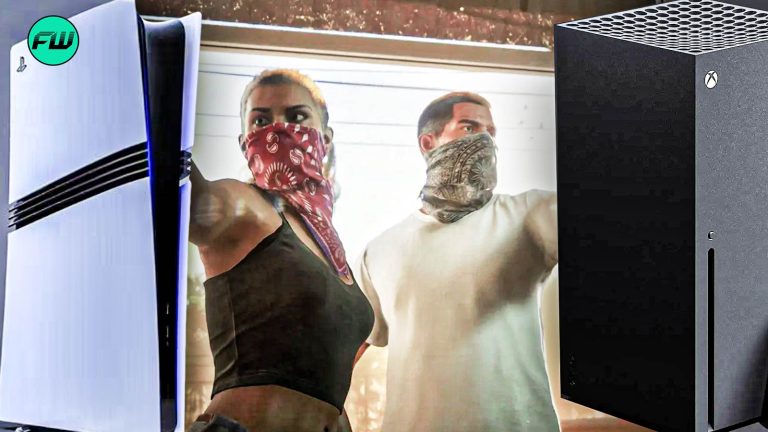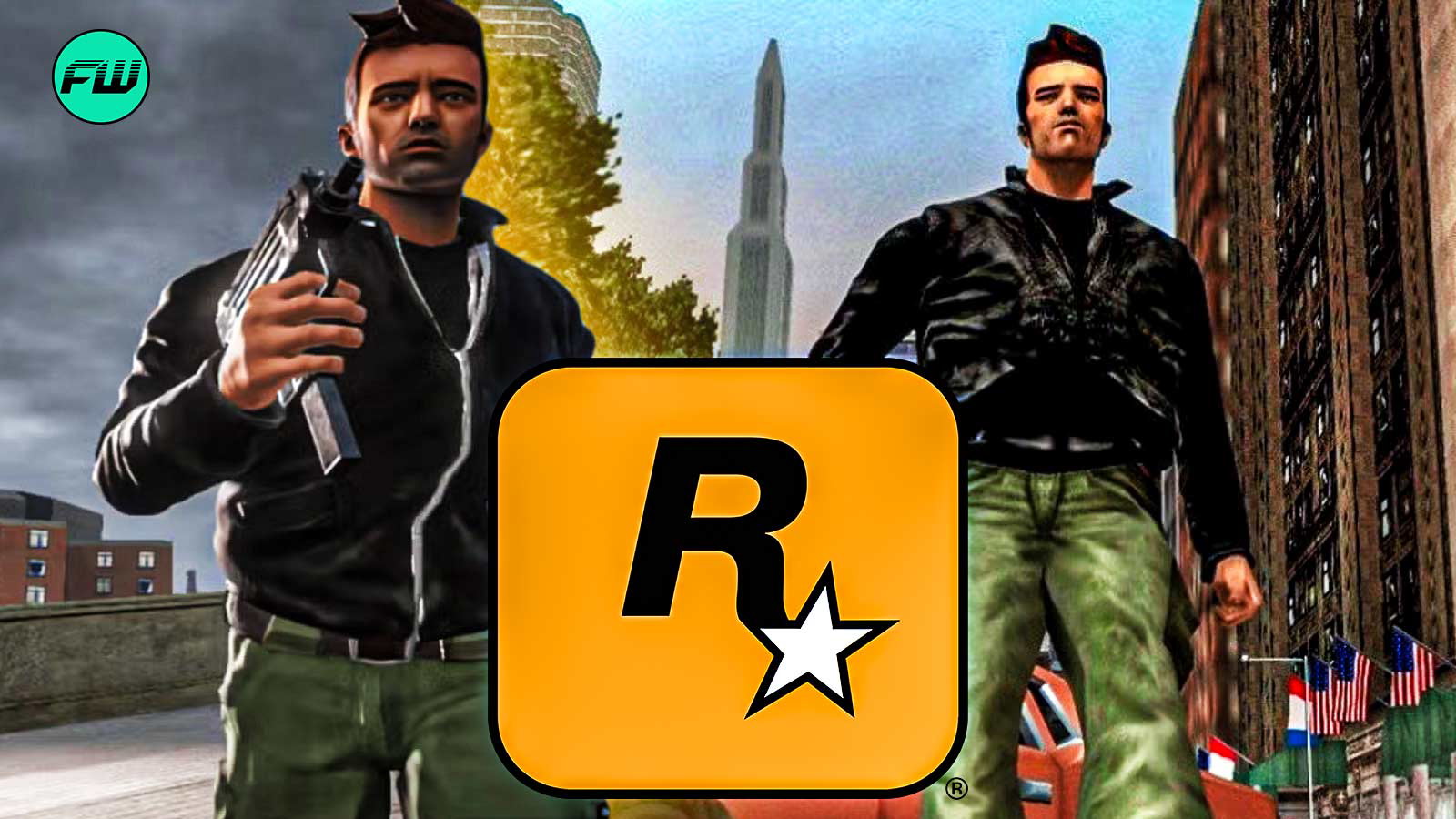
Grand Theft Auto III, more popularly known as GTA 3, was an action-adventure title developed by Rockstar Games for the PlayStation 2 back in 2001. The game was subsequently released for the original Xbox and Windows PC, and remains one of the more defining entries in the series.
Despite multiple controversies on its use of violence and miscellaneous other details, the game managed to shoot up in popularity, quickly growing to become one of the best-selling video games for the PS2.
As expected from such a landmark title, the game underwent multiple developmental changes – with certain ideas being scrapped entirely. One such piece of cut content was regarding traffic, which used to be a lot stricter prior.
GTA 3 would raise your wanted level if you ran a red light
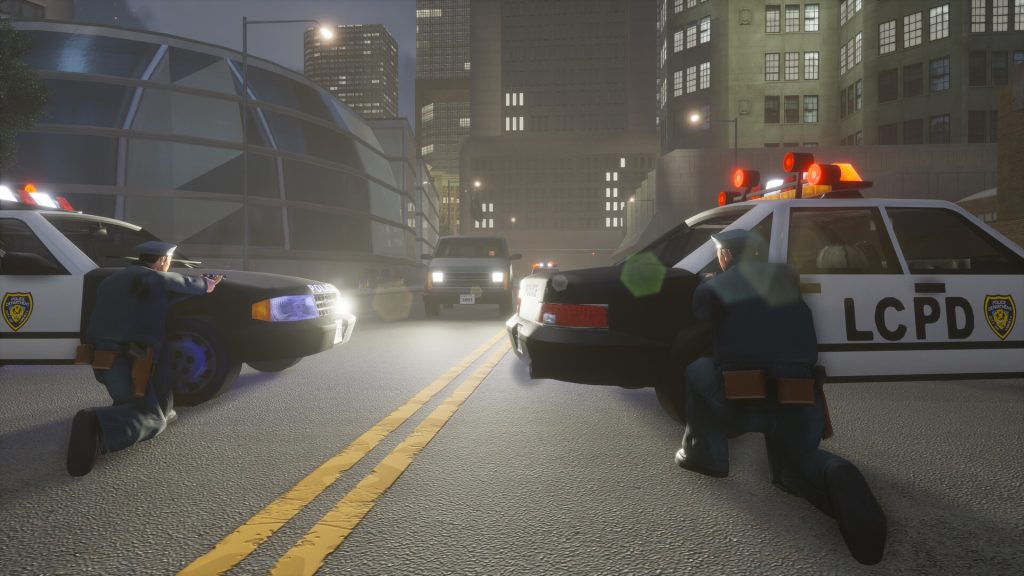
As detailed by Obbe Vermeij in a recent X post, the behavior of traffic lights (and therein NPCs) in Grand Theft Auto 3 used to be quite peculiar. For the uninitiated, Obbe was the technical director for GTA 3 back in 2001. He went on to lead the studio in this role for multiple other GTA titles, including GTA IV, GTA San Andreas and GTA Chinatown Wars.
In gta3, traffic lights cycle through 3 states:
North/South
East/West
PedestriansThe traffic light’s model orientation determines its cycle, and at startup, my code stored the cycle in the road nodes.
This is why, even if the light was knocked over, cars still obeyed the light.… pic.twitter.com/RMJMA7spnE— Obbe Vermeij (@ObbeVermeij) February 14, 2025
Going back to the topic, GTA 3’s traffic lights would move in 3 particular cycles – North/South, East/West and Pedestrians. The traffic light model would be oriented in such a way that would determine its startup and cycling – with the code cycling the said changes stored within the road’s nodes.
This was a clever way to ensure that even if the traffic lights were knocked down (by the player or some random NPC), the cars would still behave according to these predetermined rules. This also ensured that map artists could simply run the game by placing these traffic lights in the correct order, without any additional hassle or setup, which reduced operational times significantly.
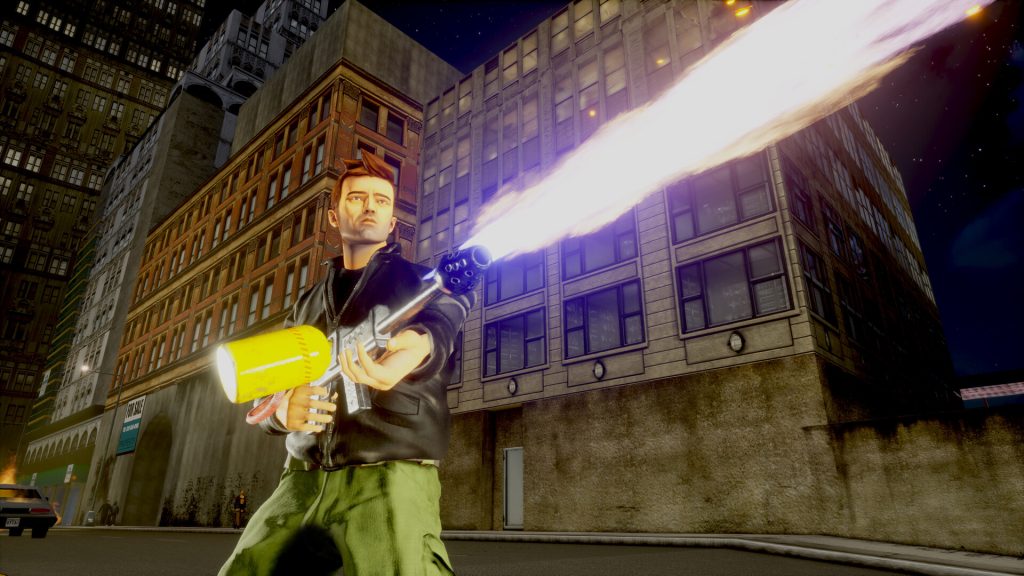
Interestingly, this feature could also be seen in GTA 4. A major departure from this proof of concept to the retail code of the game was in its application of a wanted level, assuming one would violate the traffic rules. In short, running a red light would initially result in a 1-star wanted level, which proved to be quite unpopular with the entire team.
As such, this feature was entirely canned and simply remains as an interesting tidbit of GTA development lore.
While unfortunate, this makes total sense
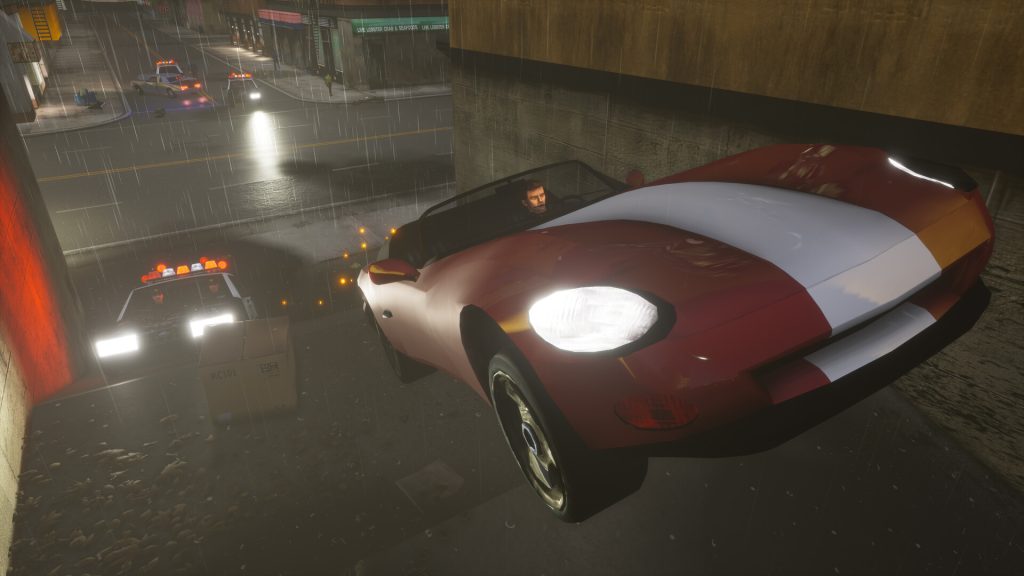
While the implications of this particular addition remains to be seen, it would have most likely detracted from the overall experience. Being hit with a wanted level after running through a traffic light would have quickly grown to be annoying, and in a game with so much freedom and lawlessness, running over a traffic light seems like a rather pointless addition.
The team was likely right in removing the feature from the game, given how disruptive it would feel in an otherwise chaotic gameplay session of GTA. This makes all the more sense since GTA is a rather fast paced game, which would do well without these distractions.
It still remains an interesting concept though, and how it would have been realized (with varying levels of interactivity from the police, for example) remains up for debate.
This post belongs to FandomWire and first appeared on FandomWire
